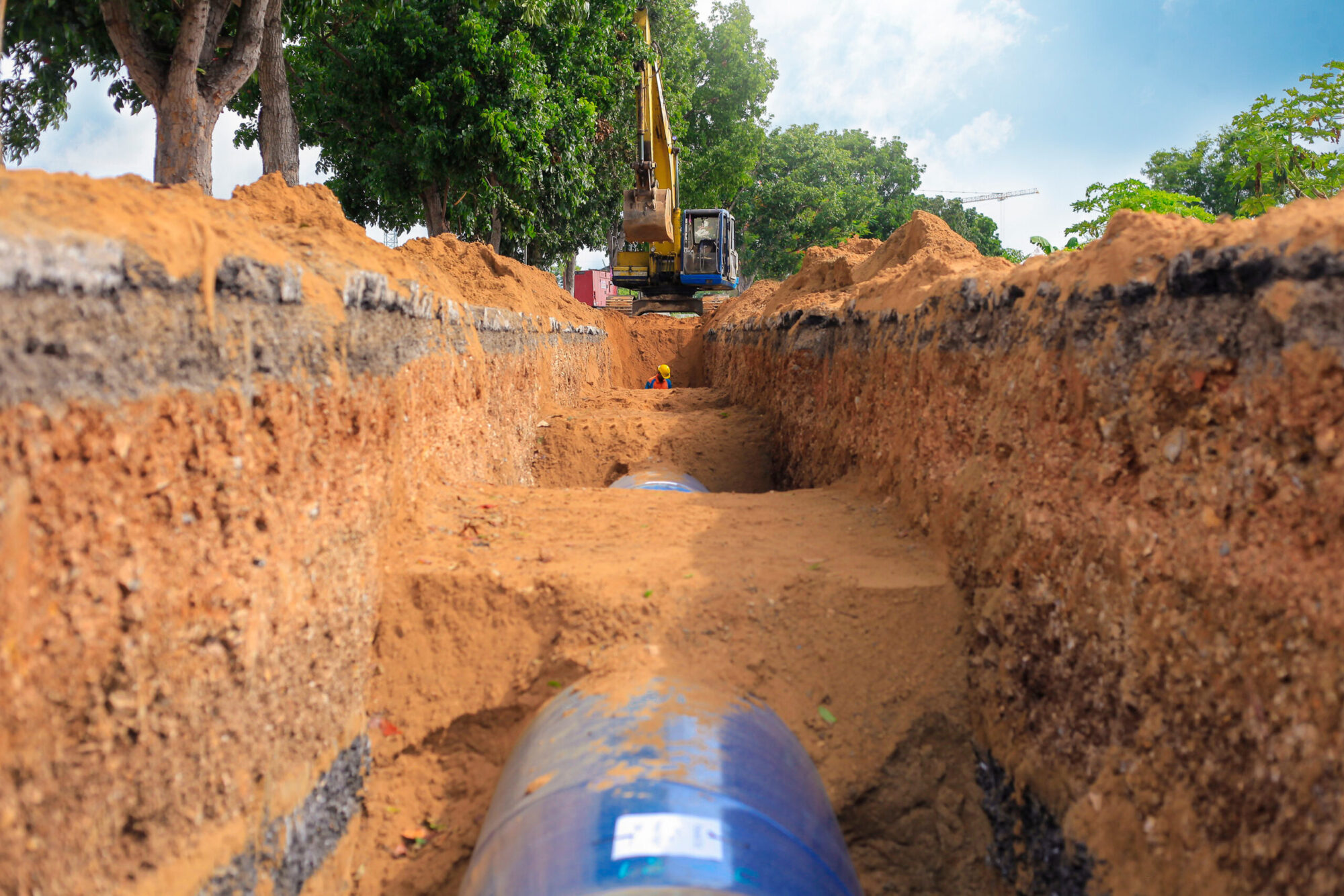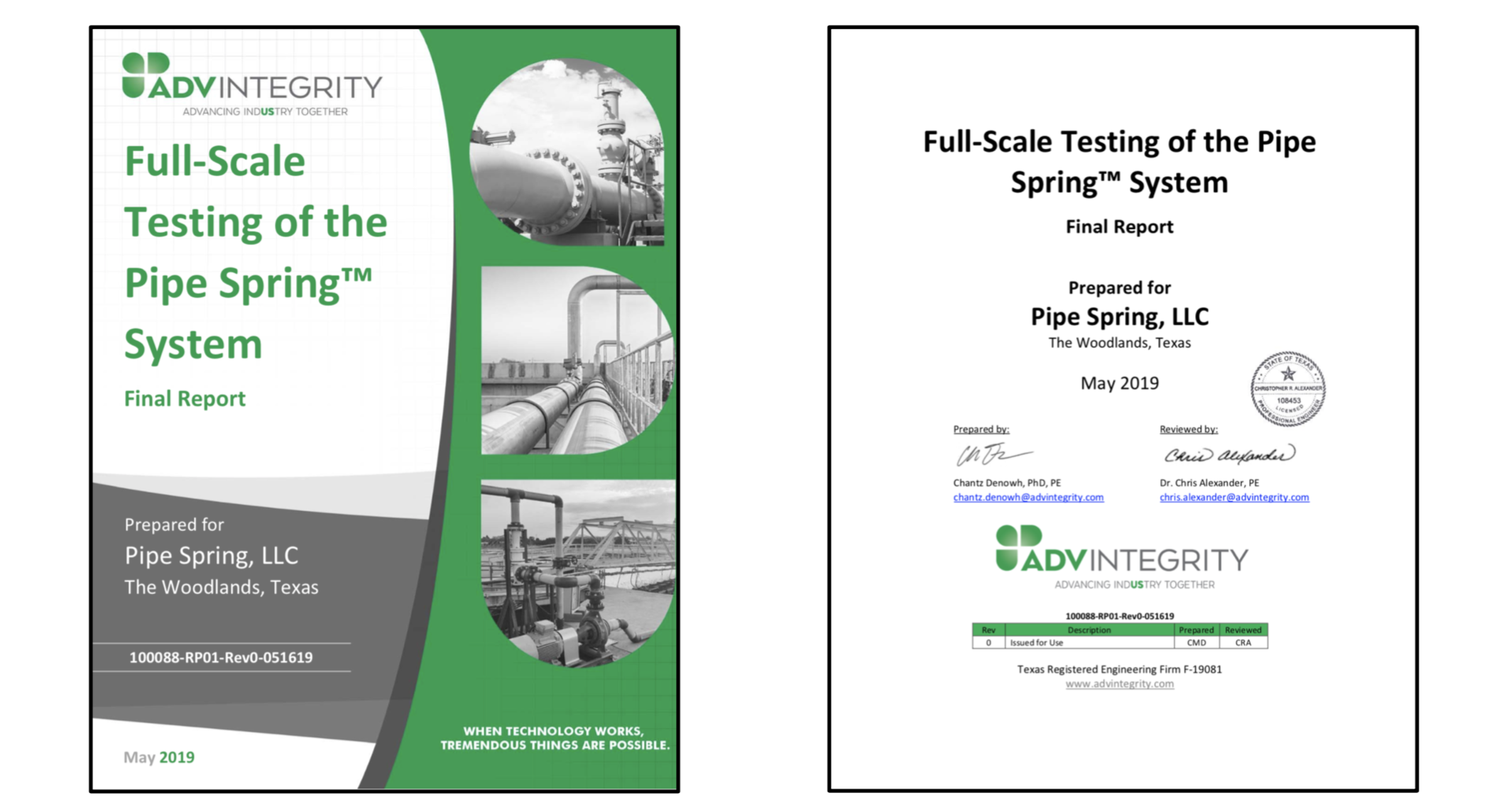For Immediate Release
Pipe Spring LLC Announces Issuance of US Patent for Augmentation of Mechanical Properties of High-Pressure Pipe
November 10th, 2020
Houston, Texas, USA
Pipe Spring LLC is pleased to announce the United States Patent and Trademark Office has issued patent U.S. Patent No. 10830383 titled Augmentation of Mechanical Properties of High-Pressure Pipe.
“We are extremely gratified that the United States Patent and Trademark Office has validated our dedicated effort to innovate and advance the technology of pipeline operations. We launched an effort to improve the mechanical integrity of pipeline infrastructure which delivers so much of the world’s energy. The development goals of this product were to provide a technology to augment and repair pipelines while minimizing unscheduled releases and greenhouse gas emissions. We also wanted to provide greater utility and improved safety for both the public and pipeline stakeholders” stated Molly Laughlin Doran, the Owner of Pipe Spring LLC.
Laughlin Doran added, “This is one of the first significant technology advancements related to pipeline repairs and integrity enhancement of existing pipe in over three decades. This is inventor and Pipe Spring CEO Shawn Laughlin’s second patent related to pipelines and his first with Pipe Spring LLC. He persistently pushed the envelope. The technology provides the performance based reliable engineering test and analyses required by regulation. Regulated operators need only add the technology to their operating and maintenance language and then they are able to move forward with enhancing the integrity of the nation’s critically important pipelines.”
Laughlin Doran continued, “We expect a reasonably swift industry adoption of this technology. It demonstratively improves safety, protects the environment, and reduces costs to pipeline operators. Pipe Spring LLC believes that we have an important public service to perform to aggressively promote the adoption of this technology. “
Pipe Spring LLC is a manufacturer of engineered steel laminated fabrications for metal loss defects, pipe augmentation, and strain sensitive conditions on pipe. Pipe Spring™ patented technology involves wrapping the external surface of a pipe with two or more convolutions of a band material with the modulus of the band material matched to that of the pipeline section to create an augmented section of pipe. More information is available at www.pipespring.net.
Media Relations Contact: Molly Laughlin Doran, Owner, mlaughlindoran@pipespring.net
PDF: Press Release

